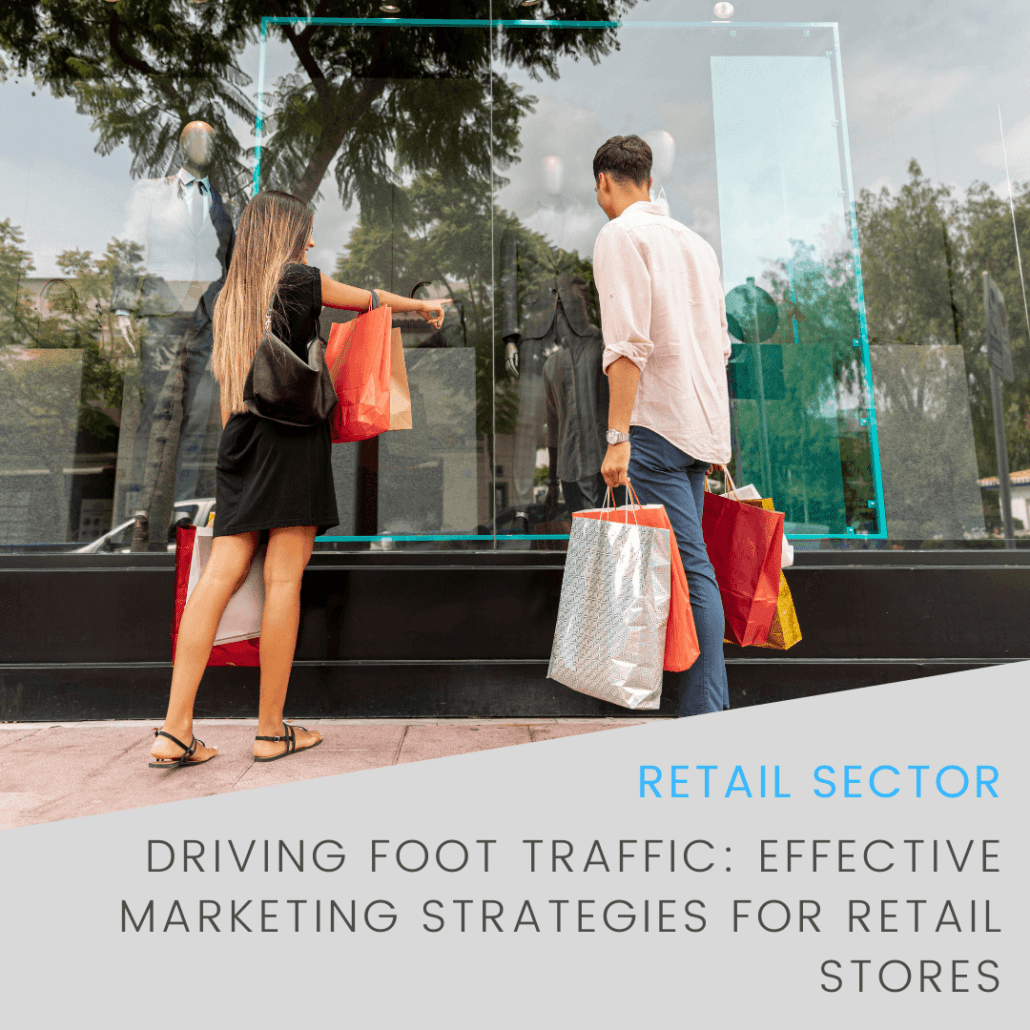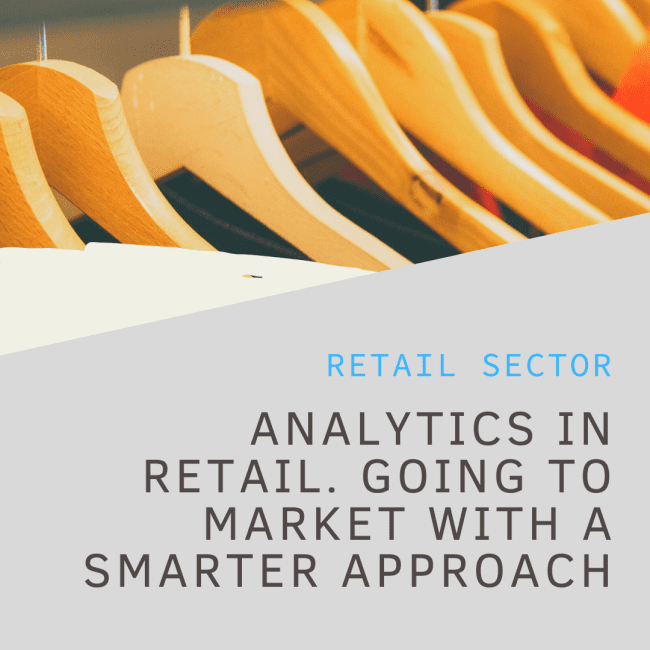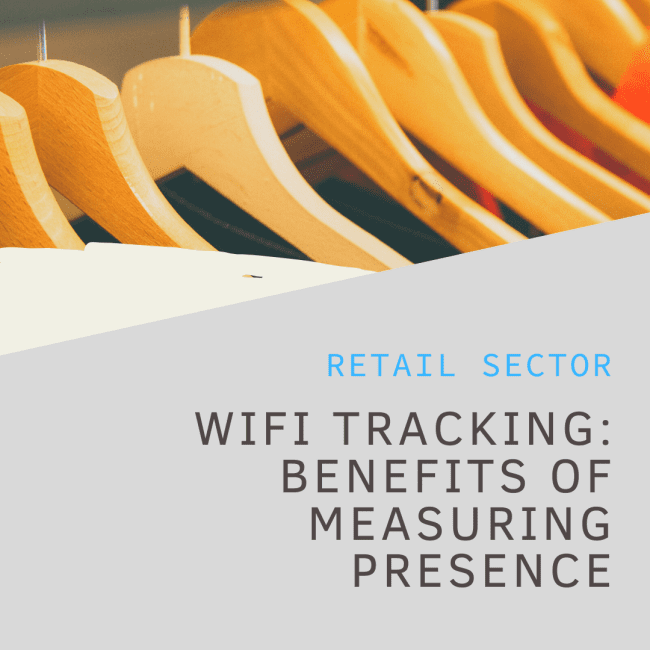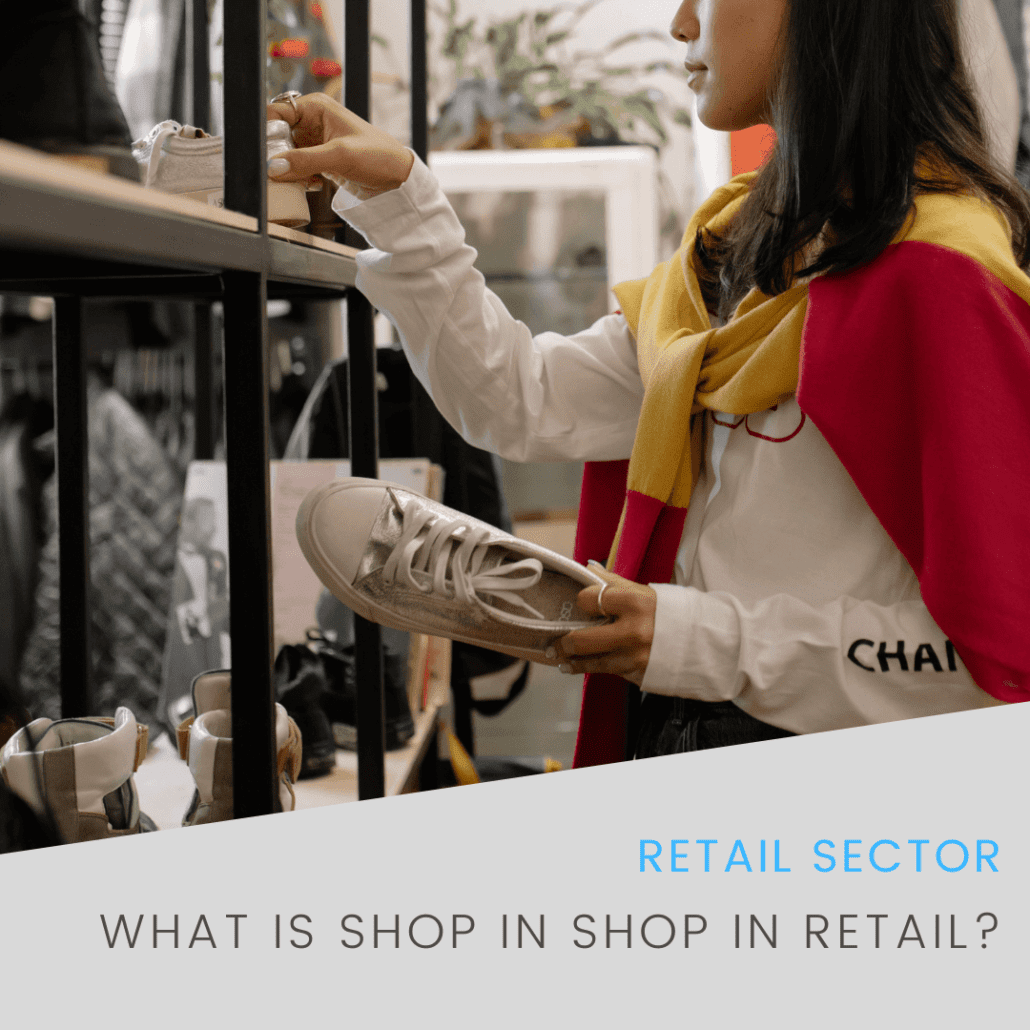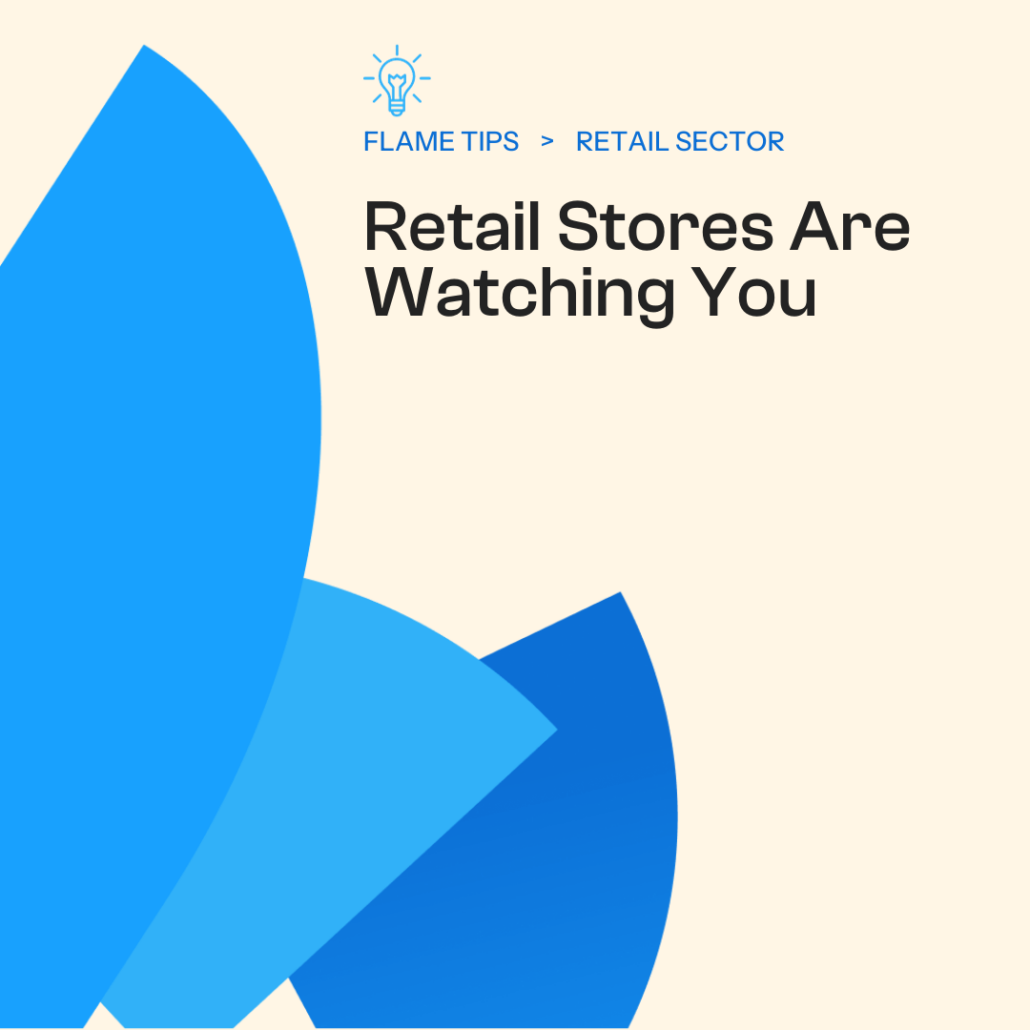In today’s digital age, retail stores face fierce competition from online marketplaces, which offer a wider variety of products at lower prices. However, brick-and-mortar stores still have a strong appeal as they provide tactile, visual, and personal experiences for their customers. The key to surviving and thriving in this environment lies in attracting a steady flow of foot traffic to your store.
This article will outline several effective marketing strategies to drive foot traffic, increase sales, and ultimately grow your retail business.
Driving foot traffic thought marketing strategies
Social Media Marketing
Harnessing the power of social media can be an invaluable tool for driving foot traffic to your retail store. In 2021, 82% of adults in the United States used social media platforms such as Facebook, Twitter, and Instagram. By using these platforms to share pictures of new products, announce special offers, and promote upcoming events, you can tap into this vast audience.
Remember to engage with your followers by responding to comments and messages, and encourage your satisfied customers to leave positive reviews on your page. According to a BrightLocal survey, 85% of consumers trust online reviews as much as personal recommendations.
You may also want to consider running social media advertising campaigns targeted at people in your local area. Utilize Facebook’s geo-targeting feature or Instagram’s location-based search to reach potential customers near your store. Keep your content visually appealing and use eye-catching calls-to-action to motivate customers to visit your store.
Local SEO: Enhancing Your Store’s Online Visibility
In addition to social media advertising, it is crucial to focus on Search Engine Optimization (SEO) to increase your retail store’s online presence. SEO helps your website rank higher in search engine results, making it more likely that potential customers will find your store when searching online.
According to a study by Sistrix, the first result on Google gets 28.5% of search traffic, while the second result gets only 15.7%.
To drive foot traffic to your store, you should prioritize Local SEO, or use search engine optimization services to have it taken care of for you. Local SEO focuses on increasing your store’s visibility in search results for people who are specifically searching for businesses in your area. Implementing the following strategies can significantly improve your Local SEO:
- Optimize your Google My Business listing: Claim and verify your business listing, ensuring that all your information is accurate, consistent, and up to date. Add relevant business categories, upload high-quality photos of your store, and use Google Posts to share news, updates, and special offers.
- Add location-based keywords to your website content: Incorporate location-based keywords, such as your city’s name, neighborhood, or popular landmarks, into your website’s content, meta descriptions, and title tags. This helps search engines understand your business’s location and display it in relevant local search results.
- Encourage customers to leave reviews on local review platforms: Positive online reviews signal to search engines that your business is trustworthy and reliable, which may improve your local search ranking. Moreover, a BrightLocal study found that 98% of consumers read online reviews for local businesses, with 35% trusting them as much as personal recommendations.
- Use schema markup to provide search engines with structured data about your business: Implementing schema markup on your website allows search engines to better understand your business information, which may improve your visibility in local search results.
- Build local citations and backlinks: Creating profiles on relevant local directories, industry-related websites, and social media platforms can help establish your business’s online presence and build valuable backlinks. Ensure that your business information, including your name, address, and phone number, is consistent across all platforms.
- Collaborate with local businesses and organizations to generate local buzz: Forge partnerships with other businesses in your area or sponsor local events to gain backlinks from their websites, increase brand awareness, and improve your local search rankings.
By investing time and effort into your Local SEO strategy, you can effectively increase your retail store’s online visibility, attract more potential customers, and generate foot traffic to your store.
Events and In-Store Experiences
One surefire way to entice people to visit your store is by hosting special events and providing unique in-store experiences. These could include product demonstrations, workshops, or DIY classes related to your business. For example, a craft store could host a sewing workshop, a home improvement store might offer DIY classes on simple repairs, or a skincare boutique could have product demonstrations by experts.
Hosting events will not only increase foot traffic but also provide an opportunity for your customers to engage with your products on a deeper level, which could lead to increased sales. Moreover, these events can also create a buzz on social media, allowing you to reach a broader audience. Attendees are likely to share their experiences with friends and family, amplifying your marketing reach.
Community Involvement and Local Partnerships
As a local business, it is crucial to establish strong relationships with your community and other nearby businesses. According to a study, 70% of consumers prefer to shop and support local businesses. Participating in local events and partnering with other local retailers can be a great marketing strategy.
For instance, you can offer discounts, special promotions, or free samples to the attendees of a local sporting event, festival, or charity fundraiser.
Additionally, look for opportunities to cross-promote with other businesses in your area. This can take many forms, such as recommending each other’s products to customers, offering combined discounts, or co-hosting events. Not only will this help you reach a wider audience, but it will also strengthen the sense of community in your area.
Loyalty Programs and Promotional Offers
Loyalty programs are an excellent way to reward your repeat customers and keep them coming back. A study by Yotpo showed that 60% of consumers become more loyal to the brand after joining a loyalty program. Offer a simple rewards system that provides benefits such as discounts, special offers, or gifts for customers who make frequent purchases.
Seasonal sales and discounts can also be an effective method for driving foot traffic to your store. Limited-time offers create a sense of urgency and encourage customers to visit your store to take advantage of exclusive deals.
Visual Merchandising and Window Displays
An eye-catching and engaging store window display can significantly influence a passerby’s decision to enter your retail store. Window displays are a major driver of impulse purchases. Invest in professional and artistic window displays that showcase your products, particularly during peak retail seasons such as holidays.
Well-planned interior layouts and product presentation within your store are also crucial, as they impact the overall shopping experience. Organize products logically, use appealing signage, and create uncluttered pathways for customers to encourage browsing and impulse purchases.
Crypto Advertising: A New Frontier
As cryptocurrencies gain popularity and become more mainstream, they offer an innovative avenue for marketing and advertising your retail store. Some businesses have started accepting cryptocurrencies such as Bitcoin and Ethereum, and advertising these payment options to attract tech-savvy customers. By being an early adopter of this trend, you can create a unique selling point that sets you apart from your competitors.
In-store Technology and Interactive Displays
Embracing technology can enhance the shopping experience and attract more customers to your retail store. Implementing interactive displays, digital kiosks, and virtual reality experiences can offer value-added services to your customers and differentiate your store from the competition. According to a survey by Retail Perceptions, 71% of shoppers believe that using in-store technology will make them buy more. By incorporating cutting-edge technologies, you effectively create a unique and memorable shopping experience that encourages customers to visit your store.
There are also cryptocurrency-based advertising networks, such as Coinzilla and A-ADS, that you can use to promote your retail store online. These platforms offer the benefits of traditional digital advertising, such as targeting, tracking, and analytics, but pay both publishers and advertisers in cryptocurrencies.
Email Marketing and Newsletter Campaigns
Email remains a highly effective marketing channel for retailers. According to a study by Litmus, email marketing generates an impressive $36 for every $1 spent. By building an email list and sending regular newsletters, you can inform your subscribers about upcoming sales, events, and new products.
Additionally, you can send targeted email campaigns based on customer behavior and preferences, further incentivizing website visitors to come to your physical store. Be sure to include a strong call-to-action, eye-catching visuals, and exclusive offers to make your email campaigns more persuasive.
Collaborate with Influencers and Bloggers
Influencer marketing offers a powerful way to reach a wider audience and generate foot traffic for your retail store. Partnering with local influencers and bloggers can give your store credibility and expose your brand to new potential customers. Collaborate with influencers to create sponsored content, attend events, or host in-store giveaways.
This not only drives their followers to your store but also enhances your overall brand image. According to a study by Nielsen Catalina Solutions, influencer marketing content generated 11 times higher ROI than banner ads.
Physical Store Accessibility and Convenience
Optimizing your store’s physical environment can play a significant role in driving foot traffic. Ensure that your retail store is easily accessible and has ample parking, clear signage, and good lighting. Work on enhancing the store layout, making it easy for customers to navigate and locate products.
Convenience is a crucial factor in driving foot traffic; consider offering services such as click-and-collect or online returns to make the shopping experience smoother for your customers.
Outdoor Advertising and Signage
While digital marketing is essential, don’t underestimate the power of traditional outdoor advertising, such as billboards, posters, and banners, to generate foot traffic to your retail store. Strategically placing these advertisements near busy streets, intersections, or public transportation hubs can capture the attention of potential customers in your local area.
Additionally, creative and innovative outdoor advertising can create a buzz and become a talking point, encouraging people to visit your store. Ensure that your outdoor advertising is consistent with your brand identity and effectively communicates the value your store offers.
The importance of driving Foot Traffic
In conclusion, driving foot traffic to your retail store requires a multi-faceted approach that combines traditional marketing methods with innovative digital strategies. By implementing some of these effective tactics, you can create a steady flow of customers and ultimately boost your sales.
It’s essential to remember that success in the competitive retail landscape requires continuous improvement, evaluation, and adaptation of your marketing efforts. Stay informed about emerging trends, technologies, and consumer preferences to ensure that your retail store not only survives but thrives in today’s dynamic market.
Furthermore, fostering a customer-centric approach in all aspects of your retail business, from store layout to marketing strategies, will help build customer loyalty and encourage repeat visits. By cultivating strong relationships with your customers and the local community, your retail store can create a unique and memorable experience that sets it apart from competitors and positions it for long-term success.
